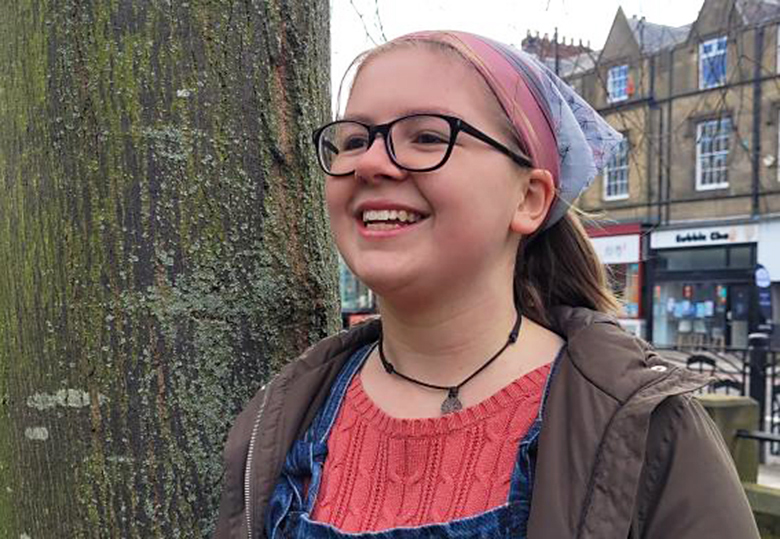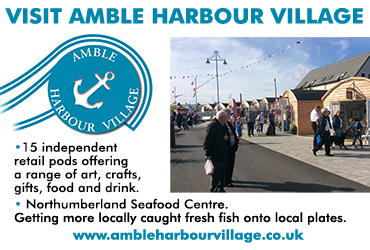Lily Tibbitts’ Student Life #143
Recently, I was running a writing workshop for kids all about climate change and the local area, talking about how our wild spaces are changing as the planet does. The whole time I was thinking about my own natural spaces – the places in Amble that I don’t get to see as much, being away at university.

There are natural places in Newcastle, of course, but nature that you’ve grown up with is the closest to your heart. When I come back, it is always odd to see how things have changed. Bits of fields become housing estates, bits of woodland disappear.
My dad, another lover of local wildlife, was the one who showed me Tom Lloyd’s article ‘Save the A1068 Woods’ from the last edition of the Ambler, all about the little patch of woodland near the A1068 roundabout which Persimmon has permission to demolish in order to build a junction into their new estate. My dad and I went down to the woodland to check it out.
As we got close, we saw two deer skipping out from the trees and into the fields, and inside the woodland were clear signs that the deer are living there – little patches of ground scraped clear to sleep on. There are trees like willow, sycamore, hawthorn, elder, alder, scots pine, cypress, ash and birch, as well as mosses, lichens and plants such as cow parsnip, rose, weigela and gorse. We identified inkcap, candlesnuff and tawny funnel cap mushrooms as well as a poisonous variety very aptly called the sickener. These were only the things we could identify – there was much more.
These little patches of woodland might not look like much, just a random copse of trees on the side of the road, but they are all important parts of Amble’s wildlife, full of countless species. When I think of Amble, this is what I think of: the natural spaces we should be working to save.












